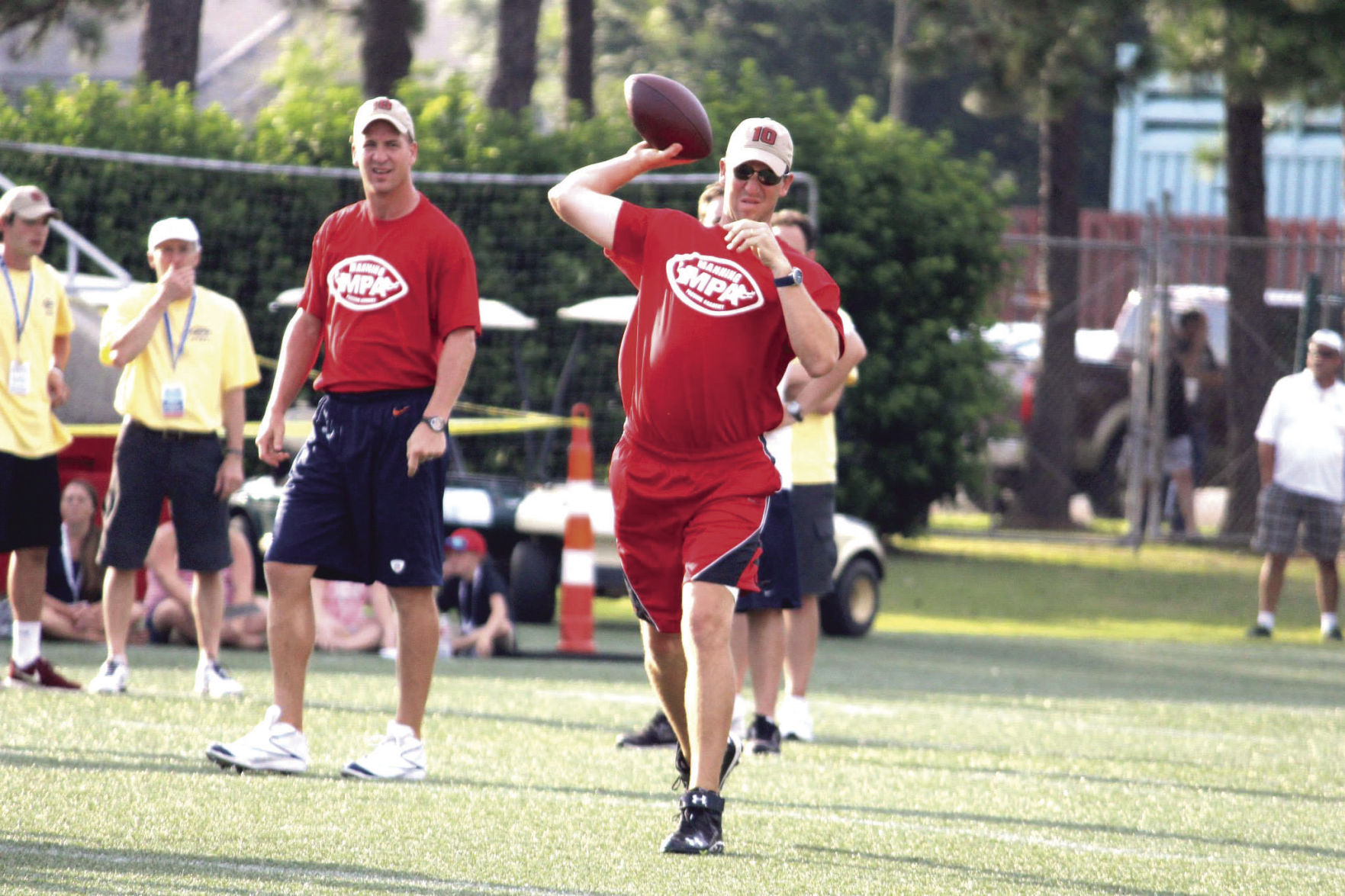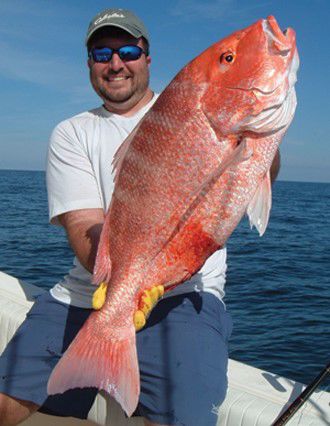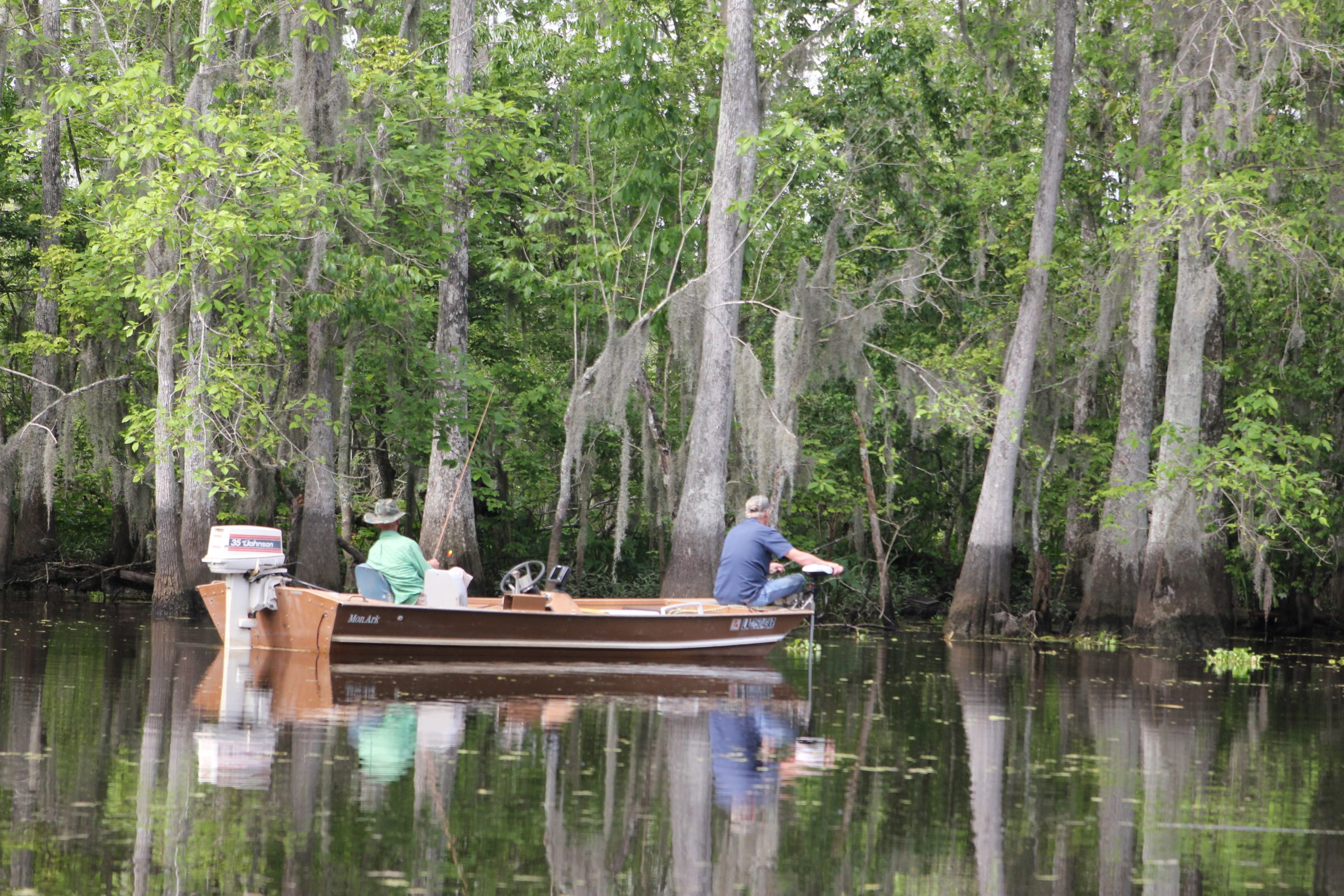
Player of the Week
May 25, 2017
Air-It-Out date announced
May 25, 2017Louisiana officials have unveiled a plan for managing data on prized red snapper through a special open season that would allow anglers to harvest outside the highly contested limited season federal authorities currently allow.
The Louisiana plan, if approved, would set the stage for eventual state control over the fish throughout the federal waters that line up with its coast, for a distance of 200 miles into the Gulf of Mexico. The plan covers only recreational fishing of red snapper. The current commercial harvest rules would remain in place.
Federal authorities have only allowed anglers three days to catch red snapper this year, a move that recreational fishermen say is unjust and unfair.
Gov. John Bel Edwards announced the plan as a two year pilot that will allow participating anglers freedom to choose when they fish, and where.
“I asked Wildlife and Fisheries to develop a program that could eventually lead to Louisiana controlling red snapper fishing, even in what is determined to be federal waters,” said Gov. John Bel Edwards, a consistent supporter of state-based management. “This pilot program could not come soon enough as the federal government has limited anglers to just three days to fish red snapper this year.”
A total of 25,000 pounds is the quota that would be set for 150 fishermen chosen by lot for the special program. Those anglers would be able to head out for snapper on any day during the year they wish, with no restriction other than an overall shutdown once the quota is reached.
“Anglers would record their catch and how many people are on the vessel,” said Patrick Banks, Assistant Secretary of the Department of Wildlife and Fisheries. “They would submit those type of reports as soon as they return from their trip. The main purpose is to help us test how we can better manage and harvest under a state management scenario. The feds are not going to allow us to harvest out to 200 miles unless we show we can track the harvest and have a stop-gap measure to stop the harvest when they reach a certain quota.”
“A subset of our population is going to get an opportunity to fish outside the federal season in exchange for helping us test some electronic reporting technology and also record angling behavior,” Banks said.
Wildlife and Fisheries Secretary Jack Montoucet hailed the flexilbility of the plan.
“Just like the governor, we have heard from anglers across Louisiana and it is clear what they want most is the flexibility to fish for Red Snapper when it makes sense for them and their families,” Montoucet said. “So we are going to test a new way of doing this. Instead of using a season, we are going to try giving fishermen a set number of red snapper that they can catch in federal waters and ask them to record that data on their smartphone.”
The pilot program – to be in operation 2018-2019 – is the linchpin of LDWF’s Exempted Fishing Permit Application for State Management Pilot Project. It has been delivered to the National Oceanic and Atmospheric Administration and is expected to be deliberated by the Gulf of Mexico Fishery Management Council at its next meeting in June.
Here’s how the EFP program will work. There will be 150 study participants selected by random drawing and subsequently contacted by e-mail. They will have the choice of accepting or refusing to participate. If that angler declines, then another one will be chosen at random. They would be able to catch 25,000 pounds of red snapper per year. The anglers would have to abide by the federal size limit. The EFP program would have no daily bag limit and the total limit per EFP participant would be determined by the number of fish allocated to each participant.
“We are trying to show we can scientifically monitor the red snapper caught in the federal waters, provide anglers with more days of access to the fish and allow them to make larger catches,” said Montoucet. “And most importantly, the state wants to show that we can use state-of-the-art-technology to safely control the Red Snapper population on our own.”
Participants in the pilot will be recording the fish they catch and throw back on their smart phones, expanding the information range of the program. Using that information, LDWF will ask the federal government to increase the amount of fish allotted to private anglers in the future.
“As a fisherman myself,” Edwards said, “that sounds like a lot better system than squeezing all of my red snapper fishing into June when there might be bad weather or when family obligations can get in the way.”
The current method of managing red snapper includes a state harvest within nine miles of Louisiana’s shoreline, and that season is more than 260 days long. State managers say they can see how this conflicts with the federal plans for management, resulting in alarmingly short season declarations by the feds.
U.S. Rep. Garrett Graves R-La had proposed a bill last year creating a multi-state commission to manage snapper according to rules developed by the Gulf states.
Resistance from Edwards resulted in a clash between Graves and the governor, and later with former LDWF secretary Charlie Melancon. Rough sledding over snapper, LDWF insiders said, contributed to Melancon’s departure from the post.
Banks said the plan is not an alternative to the Graves bill, rather it is a way of reaching the same stated result differently.
During a recent visit to The Times editorial offices, Graves said his snapper bill was being redrafted for consideration by the new congress that assembled in January.
To see the complete state proposal and other parts of LDWF’s larger red snapper management program, go to the LDWF website at: http://www.wlf.louisiana.gov/document/documents
RED SNAPPER FACTS
Fishery management officials say myths about red snapper have been an impediment to proper management of the species, and Thursday released a fact sheet.
* Red Snappers are capable of living for up to 60 years, but few actually survive that long. Old individuals (greater than 20 years) are very scarce in the Gulf population these days.
* Most red snappers harvested in both the recreational and the commercials fisheries are from 2 to 7 years of age.
* Red snappers do not migrate to specific sites to congregate for spawning as do some other snappers and many groupers. However, large numbers of individuals may participate in group spawning wherever and whenever it is time for them to spawn.
* Female red snappers mature and start spawning sometime between the ages of 2 and 6 years; males generally mature at younger ages than females.
* Red snapper spawning season begins in May and ends in September, but peak spawning is in May, June, and July.
* Female red snappers spawn a batch of eggs every 4-5 days throughout the spawning season. Individual batches of eggs may number from as few as 1,000 to as many as 2.5 million depending on the size of the female.
* A small, young female red snapper may spawn 30,000 eggs in a season, but an older, larger female may produce as many as 75 million eggs in a season.
* Red snappers grow very quickly to about 30 inches in length during their first 10 years of life, after which they grow very slowly for the remainder of their lives.
* Size and age are totally unrelated in red snappers: a 5-year-old individual may be as little as 13 inches in length or as much as 32 inches in length, though the average is about 25 inches.
* Red snappers live in 3 different habitats during the course of their lives. 1 and 2-year-olds inhabit shoreward mud/sand bottom areas. At the age of 3 years they move to structure (natural and artificial reefs, oil and gas platforms, shipwrecks) and stay there for 7 to 8 years. At about age 10 or so, they move to remote, more isolated habitats in the deep waters of the Gulf.
* Red snappers do not make seasonal long distance migrations like some other Gulf fishes. In fact, they do not move around very much at all except for those movements noted above.










